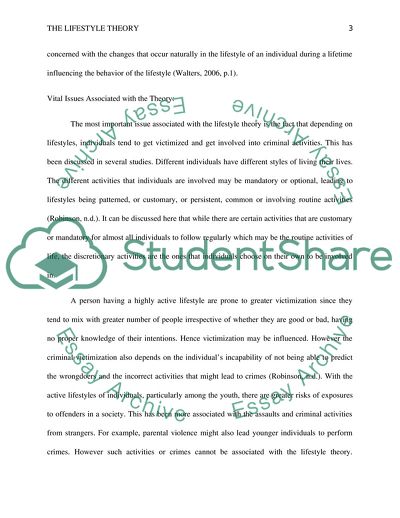Cite this document
(The Lifestyle Theory Research Paper Example | Topics and Well Written Essays - 1500 words - 1, n.d.)
The Lifestyle Theory Research Paper Example | Topics and Well Written Essays - 1500 words - 1. Retrieved from https://studentshare.org/law/1783218-the-lifestyle-theory
The Lifestyle Theory Research Paper Example | Topics and Well Written Essays - 1500 words - 1. Retrieved from https://studentshare.org/law/1783218-the-lifestyle-theory
(The Lifestyle Theory Research Paper Example | Topics and Well Written Essays - 1500 Words - 1)
The Lifestyle Theory Research Paper Example | Topics and Well Written Essays - 1500 Words - 1. https://studentshare.org/law/1783218-the-lifestyle-theory.
The Lifestyle Theory Research Paper Example | Topics and Well Written Essays - 1500 Words - 1. https://studentshare.org/law/1783218-the-lifestyle-theory.
“The Lifestyle Theory Research Paper Example | Topics and Well Written Essays - 1500 Words - 1”. https://studentshare.org/law/1783218-the-lifestyle-theory.


